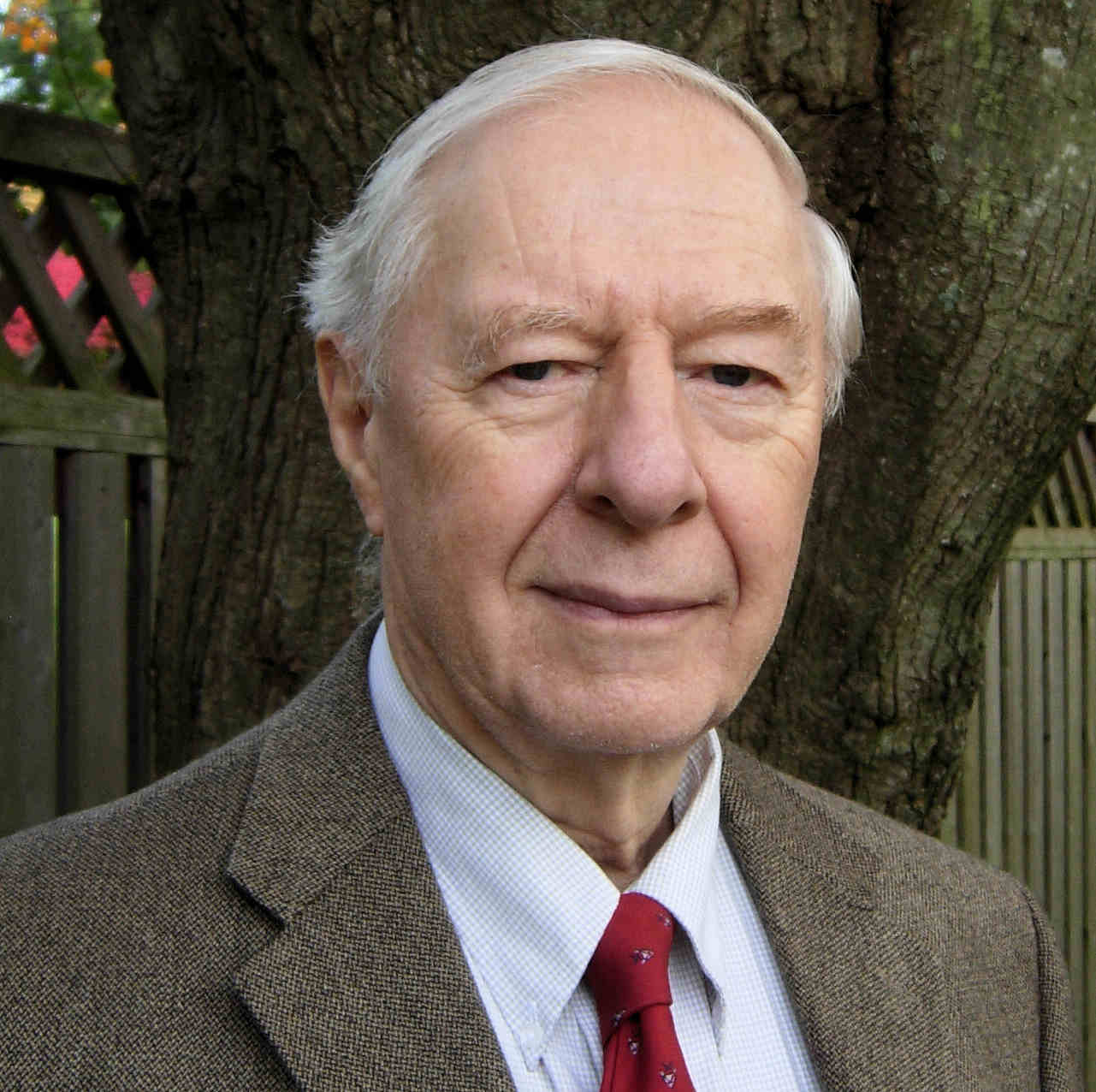- Ph.D. in Physical Chemistry from Yale
- Research at Bell Labs and Princeton
fhstillinger@gmail.com
== Stop logging in New Jersey public forests ==
|
Dr. Frank H. Stillinger
- Ph.D. in Physical Chemistry from Yale - Research at Bell Labs and Princeton fhstillinger@gmail.com |
Frank Stillinger
== Stop logging in New Jersey public forests == |

ACS Award in Theoretical Chemistry presented to Frank H. Stillinger
For pioneering computer simulations of water; developing inherent structure theory of liquids and glasses; and profound theoretical insights on water, fluid interfaces, and particle packings
Sponsored by Dell Incorporated
Lecture given at the American Chemical Society Award Meeting April 9, 2013
"Chiral Symmetry Breaking Models for Pre-biotic Environments"
|
|
![]()
| Frank's research interests include molecular theory of water and aqueous solutions; phase transitions; glass physics; geometric aspects of packing problems; energy landscape analyses of condensed-matter phenomena; fundamental aspects of quantum chemistry; molecular models for spontaneous breaking of chiral symmetry and its application to pre-biotic chemistry. | |||||
| His current research activities include the structure and kinetics
of metastable materials (especially glasses), the theoretical modeling of inverse melting phenomena, and molecular models for spontaneous breaking of chiral symmetry and its application to pre-biotic chemistry.
His past research activity has involved the molecular theory of water and aqueous solutions, the physical chemistry of solid and liquid surfaces, and atomic and molecular quantum theory. His discoveries include:
|